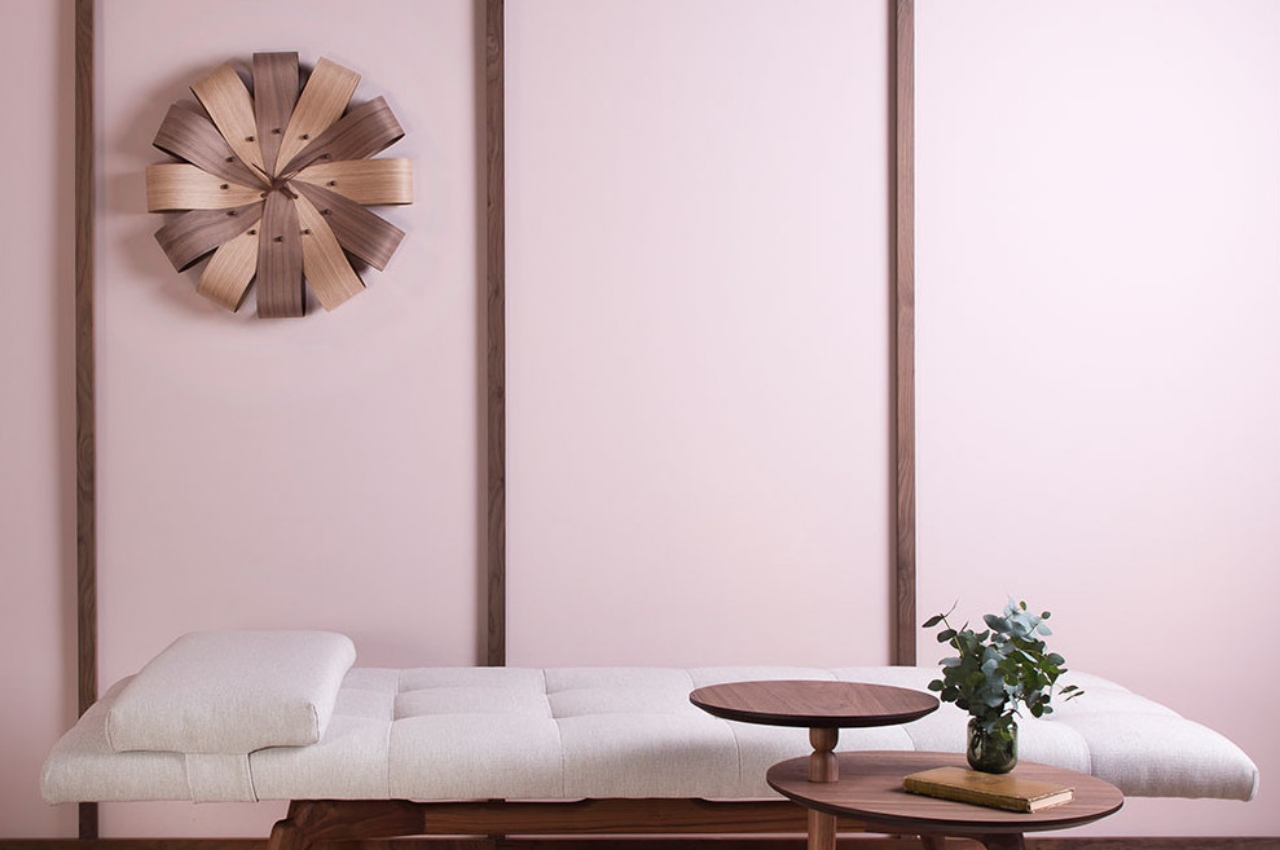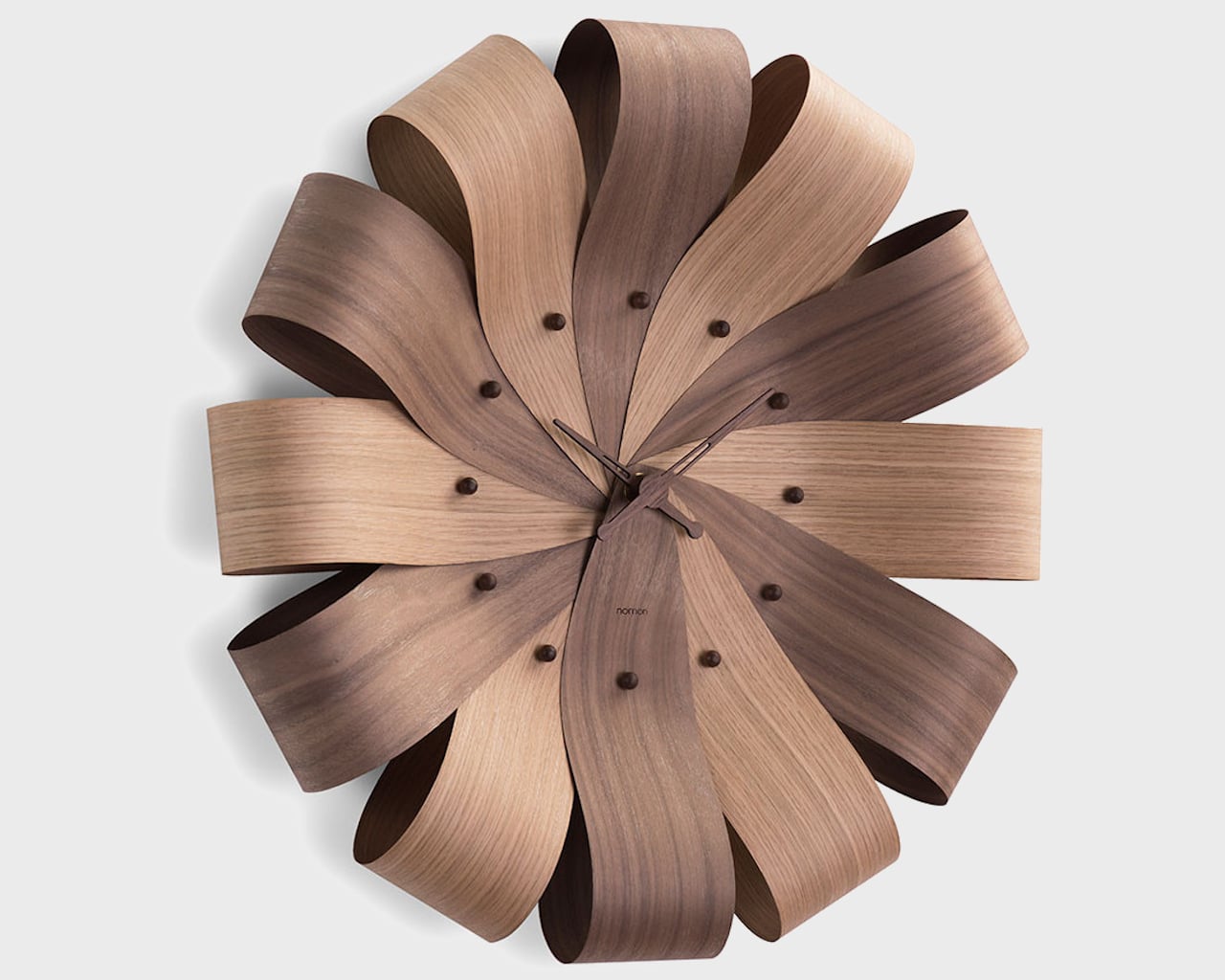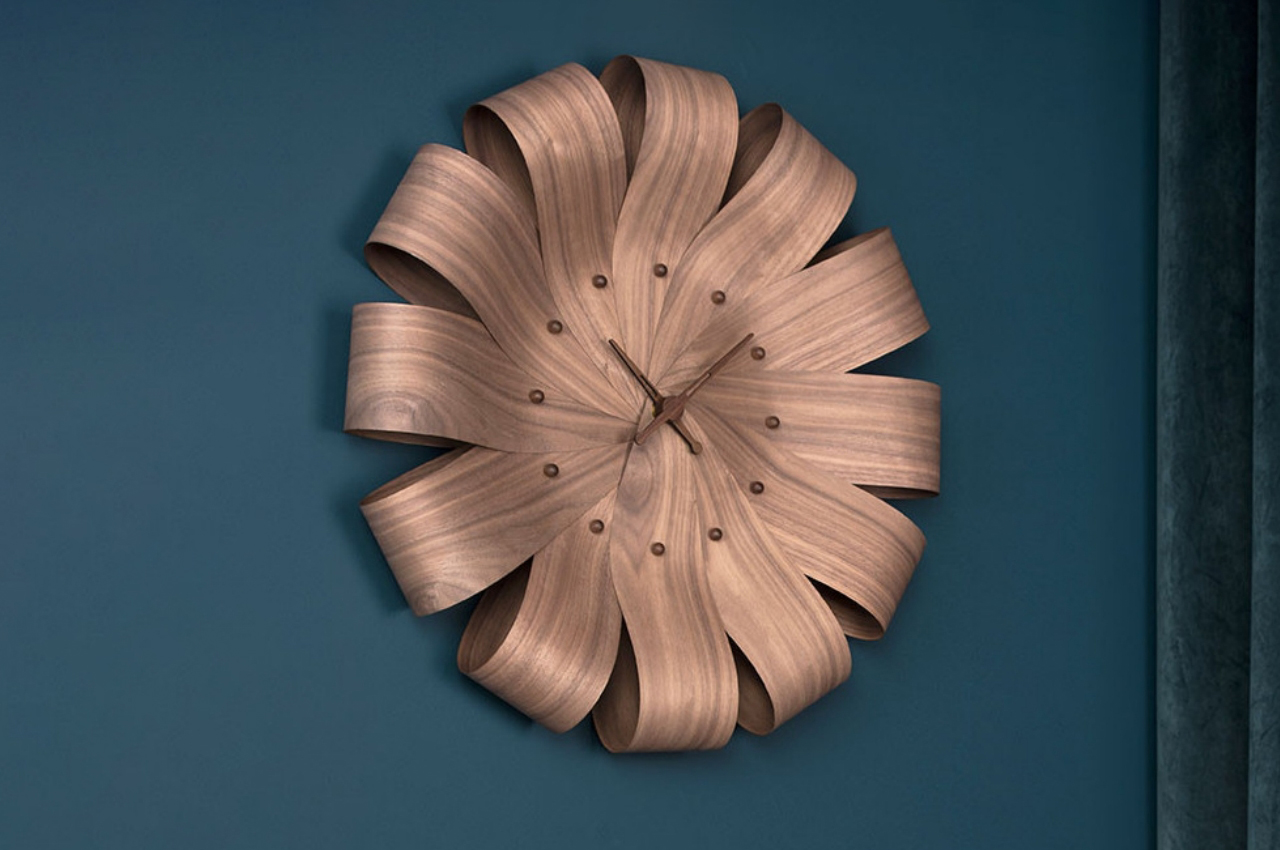
Although clocks are purely functional by nature, there was a time when they became elegant and elaborate art pieces worthy of becoming heirlooms. While mechanical logs still retain that mystifying character, modern analog clocks have seemingly devolved back to their purely functional purpose. Of course, their simpler mechanisms also offer the perfect opportunity to turn them into something more than just time-keeping appliances. Wall clocks that also function as wall decor have been on the rise recently, adding some flourish to a wall that goes beyond telling the time. Some tend to be minimalist in line with current design trends, but once in a while, we come across an elaborate piece of art masquerading as a wall clock, such as Nomon’s Ciclo.
Designer: Andres Martinez (Nomon)
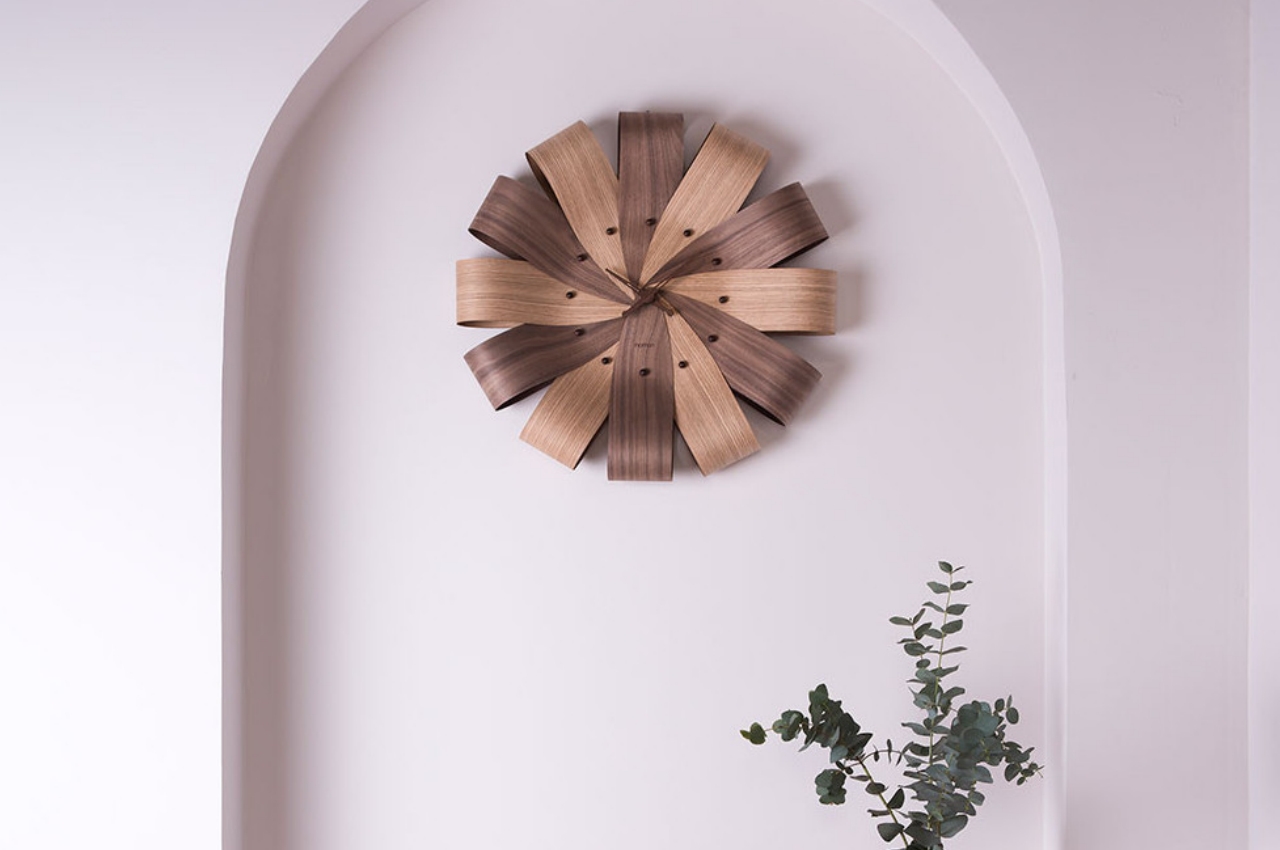
A clock’s main purpose is to tell the time, but you won’t always be interested in that all the time. That means that a clock, whether on the wall or on your desk, spends most of the day unused and pretty much unappreciated. It’s hard not to appreciate the Ciclo, though, which looks like a wooden ribbon stuck to your wall. There’s almost a metaphor here about time and the present being a gift. Regardless of whether that was intentional or not, it’s hard to argue that it would definitely be a great gift to others or for yourself.
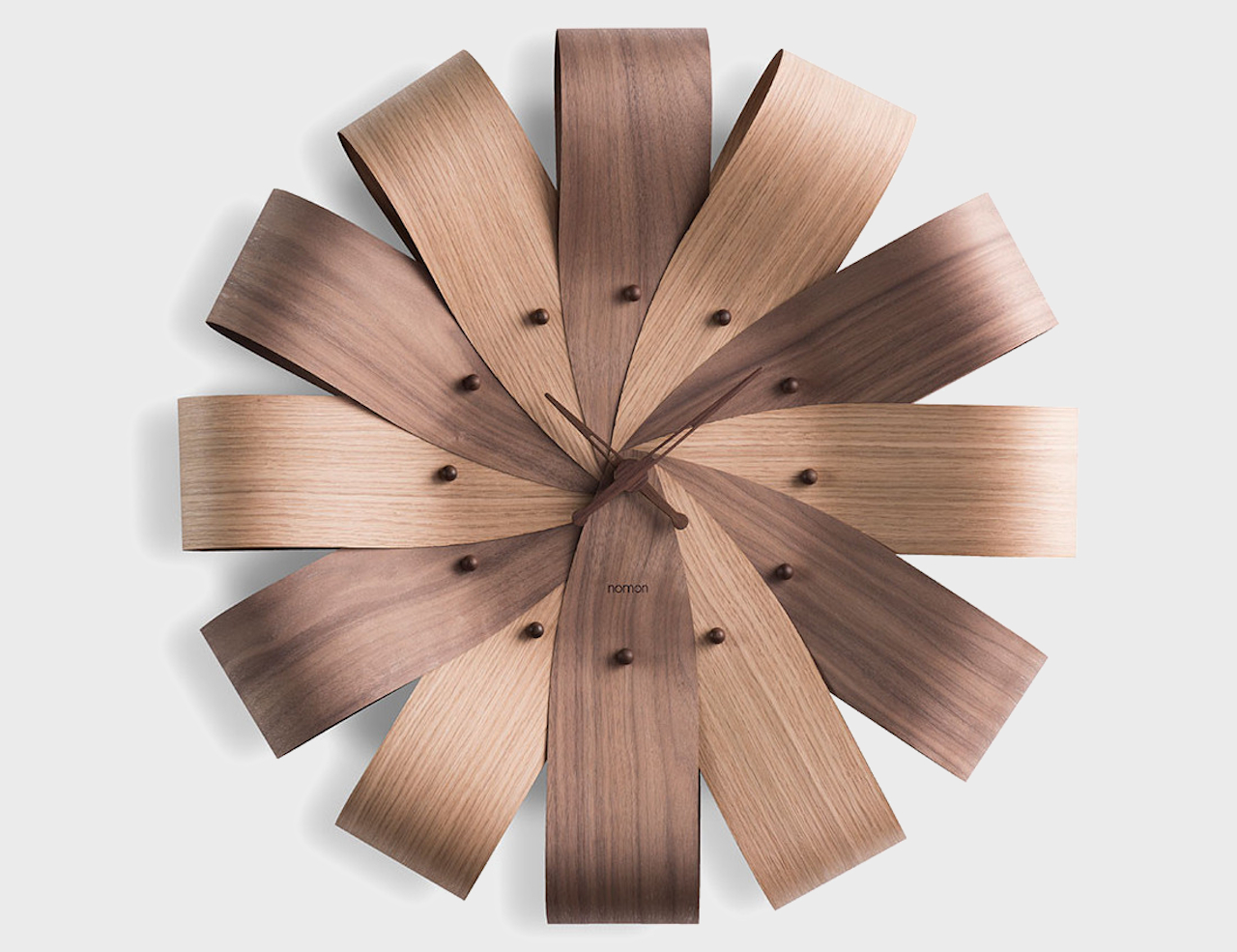
Many designer wall clocks these days tend to eschew the traditional circle that encompasses a clock’s face, or at least makes them subtle or invisible. The only circles you’ll find on the Ciclo are the round pips that mark the hours. These can be the same wooden material as the rest of the clock or made from metals like brass. Whatever the material, they still stand out, sometimes ever so slightly, to make it easy to actually tell the time.
The centerpiece of the clock is, of course, the wooden strips that make up its body. These thin sheets of wood are bent at their center and then arranged in a floral pattern to create the semblance of a round face. The wedge-shaped gaps between each strip not only create interesting whitespace to break the monotony of the wood but also provides color contrast, especially if the clock is affixed to a wall with a light hue.
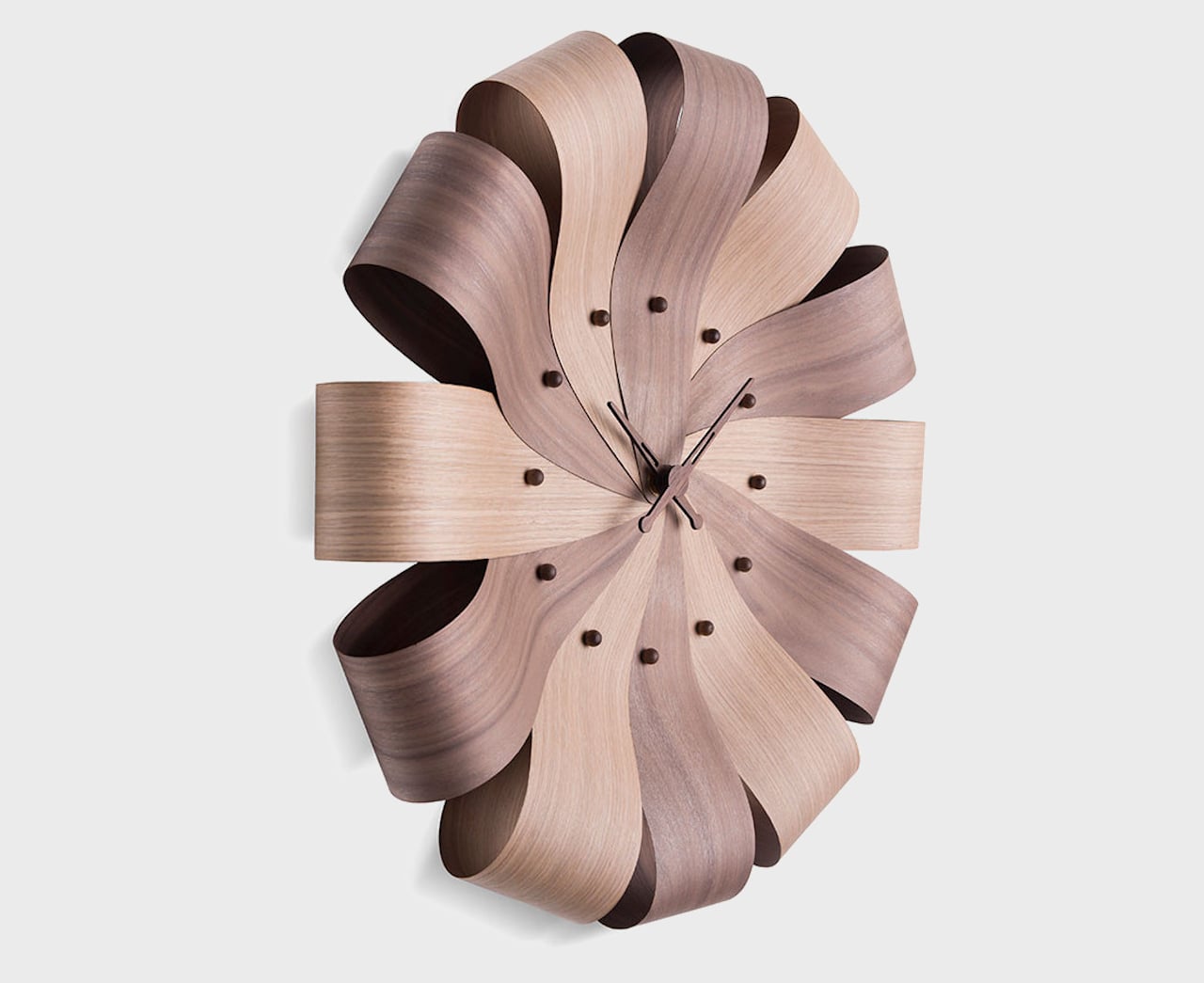
Each Ciclo is made by hand, and the wood is sustainably sourced forested wood. That almost makes the wall clock completely sustainable if not for the electronics it needs to actually fulfill its function. It’s still better than many of the plastic-based wall clocks that litter not just markets but even some designer shelves.
The Ciclo is definitely a work of art and a handcrafting masterpiece, one that can easily breathe life into a barren wall. Admittedly, telling time becomes secondary with this design, but it combines function and art in a way that will continue to serve a useful purpose, even long after the clock’s batteries or electronics have died out.
